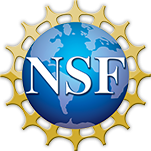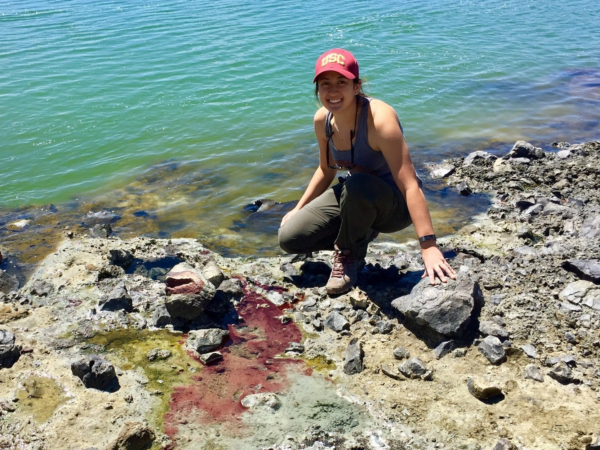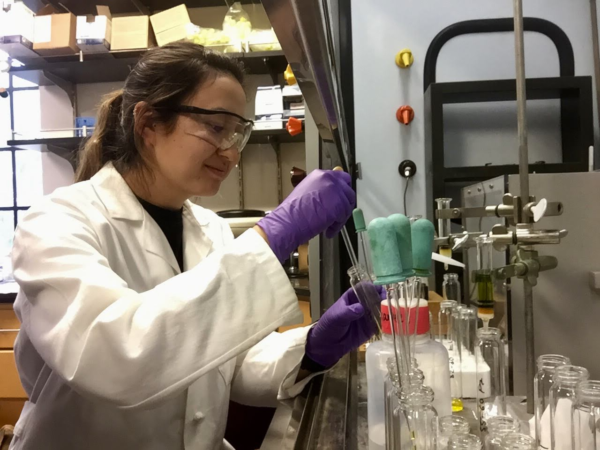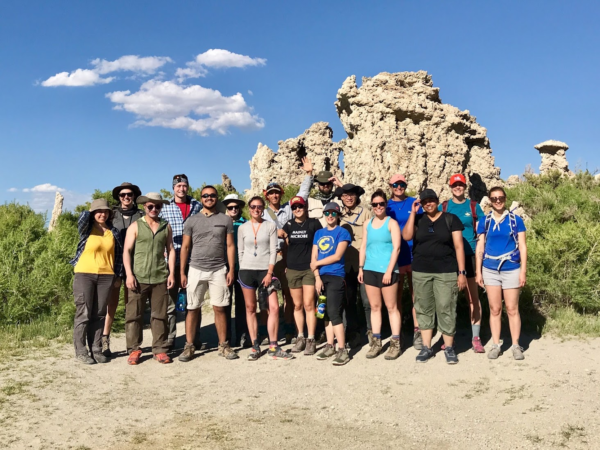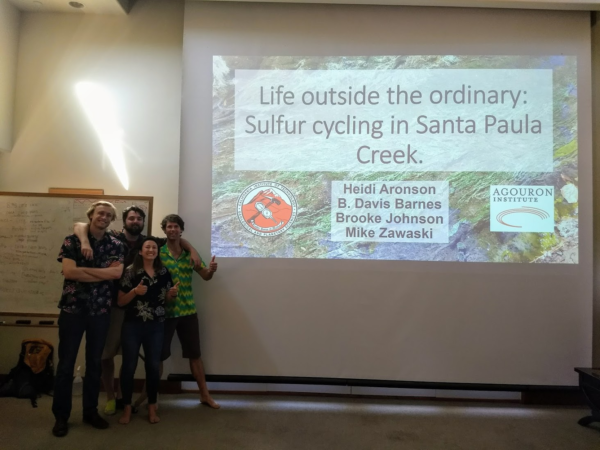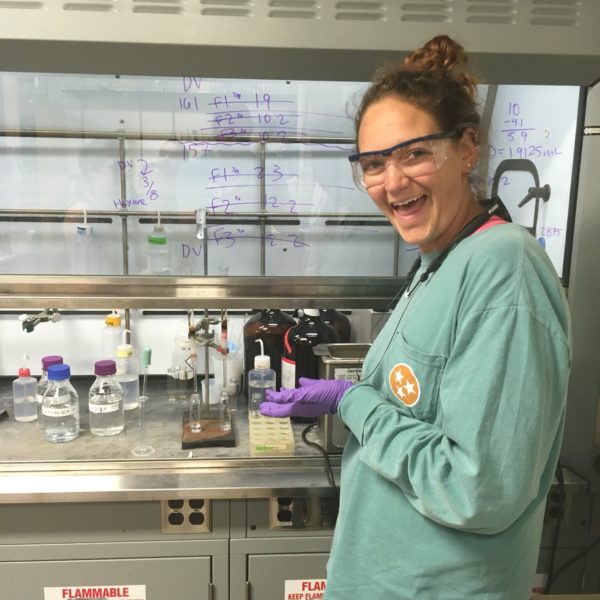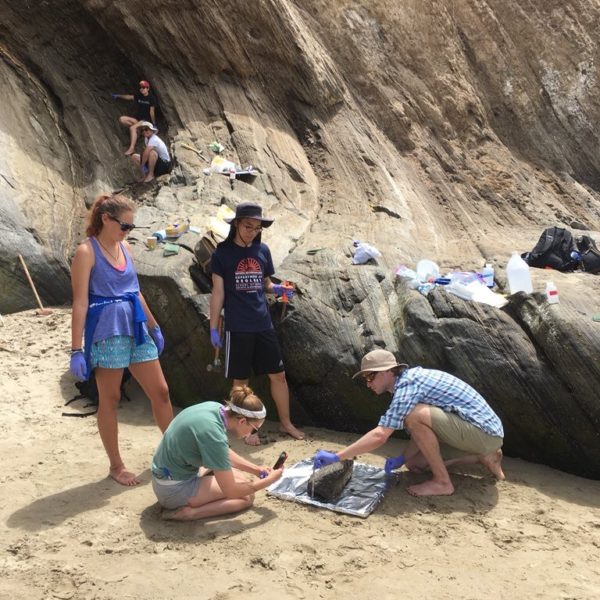Abstract
Uncultured members of the Chloroflexi phylum are highly enriched in numerous subseafloor environments. Their metabolic potential was evaluated by reconstructing 31 Chloroflexi genomes from six different subseafloor habitats. The near ubiquitous presence of enzymes of the Wood–Ljungdahl pathway, electron bifurcation, and ferredoxin‐dependent transport‐coupled phosphorylation indicated anaerobic acetogenesis was central to their catabolism. Most of the genomes simultaneously contained multiple degradation pathways for complex carbohydrates, detrital protein, aromatic compounds, and hydrogen, indicating the coupling of oxidation of chemically diverse organic substrates to ubiquitous CO2 reduction. Such pathway combinations may confer a fitness advantage in subseafloor environments by enabling these Chloroflexi to act as primary fermenters and acetogens in one microorganism without the need for syntrophic H2 consumption. While evidence for catabolic oxygen respiration was limited to two phylogenetic clusters, the presence of genes encoding putative reductive dehalogenases throughout the phylum expanded the phylogenetic boundary for potential organohalide respiration past the Dehalococcoidia class.
